What is The Best Diamond blade for Cutting Concrete?
Do you need help with finding the best diamond for cutting concrete? We know, the search may not be easy, but it need not be hard either. With the right information, you can easily find the perfect blade for your cutting needs, regardless of whether you’re a professional or DIY homeowner.
Continue below for tips on how to find the right diamond concrete-cutting blade for your project, including an overview of the different types of these products on the market.
Diamond for Cutting Concrete
A diamond concrete blade is just what it sounds like – a blade made with synthetic diamond particles embedded in the cutting edge. These are meant to provide great performance when cutting concrete and other masonry materials. And they sure do; Cutting concrete with diamond offers a number of advantages over regular abrasive blades.
-
Longer blade life
-
Faster cutting
-
Different blade design options
-
Versatility with different materials
-
Ability to use blade with large, high-horsepower saws or machines
The diamond blades for concrete cutting is composed of two major parts, a steel alloy core and diamond segment. The core supports the cutting edge or cutting teeth. It’s also usually designed to flex when using the blade. The diamond blade for cutting concrete is typically made in the following designs:
Turbo Diamond Blade
These concrete blades are usually characterized by a continuous rim with thick, rounded segments. The turbo design provides for cooling efficiency and openings for effective removal of material.
The serrations also ensure the blade cuts smoothly but not too slowly, which makes it suit specific applications where precision and smooth cutting is required.
Segmented Diamond Blade
This type of blade has spaced diamond “teeth” along its edge instead of one continuous rim, plus the spaces can be close together or wide to fit different requirements.
The segmented concrete blade is great for jobs that require fast cutting and cooling but is not as good when it comes to making precise edges. So it’s often used in big saws that must cut aggressively.
Continuous Diamond Blade
The continuous diamond concrete blade is a solid piece with no segments, but that’s lined with a diamond edge. This design makes it great for producing smooth, precise cuts with minimal chipping, since it has no segments or serrations.
It’s, thus best choice for jobs that require high-level precision or intricate designs, such as when making shallow cuts on concrete for decoration purpose. Because it lacks cooling efficiency and proper material removal, this blade will usually cut slowly and heat up quickly.
Dry/Wet Diamond Blade
A diamond blade for cutting concrete may be the dry or wet type. Dry blades are made for cutting dry materials and do not require water, while wet blades are specifically designed for use with water. The water serves to both cool the blade and wash cut material away.
When using a wet diamond blade, it’s important to ensure an adequate water supply. Usually, these blades are meant for water-cooled and for use with large concrete saws. These come with a means to attach a hose.
Alternatively, you can manually pour water on the blade. This should be done consistently and enough to keep it cool throughout the cutting process.
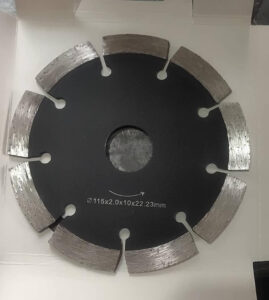


Best Diamond Blade for Cutting Concrete
Now that you know their different types, what would be the best diamond concrete cutting blade for your project? Depending on the type of job, there’s no one-size-fits-all answer here – different blades may be better suited to different tasks. This is our general recommendation.
Segmented Vs. Continuous Cutting Blade
As we’ve seen, you can either use a dry or wet blade to cut concrete. These offer varying benefits depending on the application and other factors such as power and speed. Below is our advice.
The best diamond blade for cutting concrete if you intend to cut deep into the material is the segmented type. Also, if you’re engaged in large scale projects or using large machines and need a fast cutter.
If, on the other hand, you need a more precise cut with little to no chipping, then the continuous type is your best bet. This is also the best diamond blade for cutting concrete using shallow cuts or when the cuts are intermittent and not continuous.
When contemplating between a segmented vs. turbo diamond blade for concrete, keep in mind the hardness of the material to be cut. Consider, also, the speed at which you want to cut the concrete, and if chipping is a problem.
Segmented Vs. Turbo Diamond Blade
For large projects, the segmented blade is your best option; it cuts the fastest. It also cuts the deepest, plus you can use it with large machines. Only make sure that it’s a laser welded blade: it has the strongest joint between the segments and core.
On the other hand, your best diamond concrete cutting blade when looking for a smoother, more precise cut is the turbo type. This blade will not chip concrete and cuts relatively fast enough to suit medium-scale works.
Wet Vs. Dry Diamond Blade
You may also want to choose between a wet or dry diamond blades for cutting concrete. Wet cutting offers the advantage of cooling, which is necessary when using fast and aggressive cutters. It also eliminates dust for better working environment health wise.
If you’re not using a powerful machine or intend to use the blade for shallow, occasional cuts, then dry cutting should be enough. This is also the best diamond concrete cutter blade to use indoors where the slurry created by wet cutting would be a nuisance.
Wet, diamond concrete blades are the recommended choice for most applications; no dust plus they make faster and deeper cuts. It’s also recommended to use these with larger tools, as the water conveniently cools the blade and removes material.
Bear in mind, though, that you can use a dry blade for both types of applications (wet and dry) but should not use a wet blade for dry cutting.
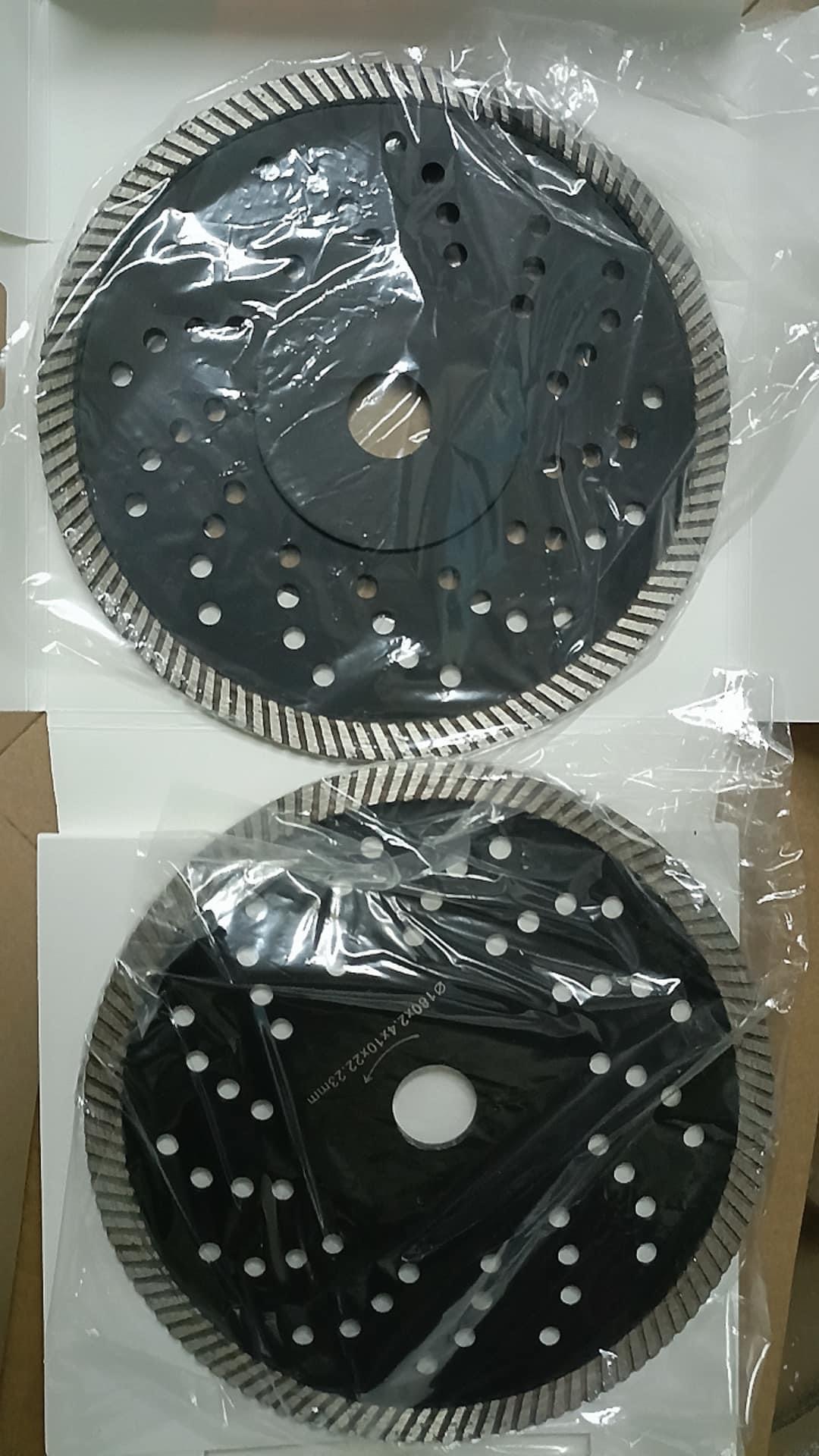


concrete crack chasing diamond blades v blades
Conclusion
Choosing the best diamond concrete cutting blade for your project can be tricky; what with the numerous blade types and sizes. Based on your type of cutting machine and working environment application, get a blade that will get you the best results and provide the most efficient cutting process.
If in doubt, always consult a professional for advice on which blade is right for your needs. Your preferred manufacturer or seller should also be able to match the right blade for your job.

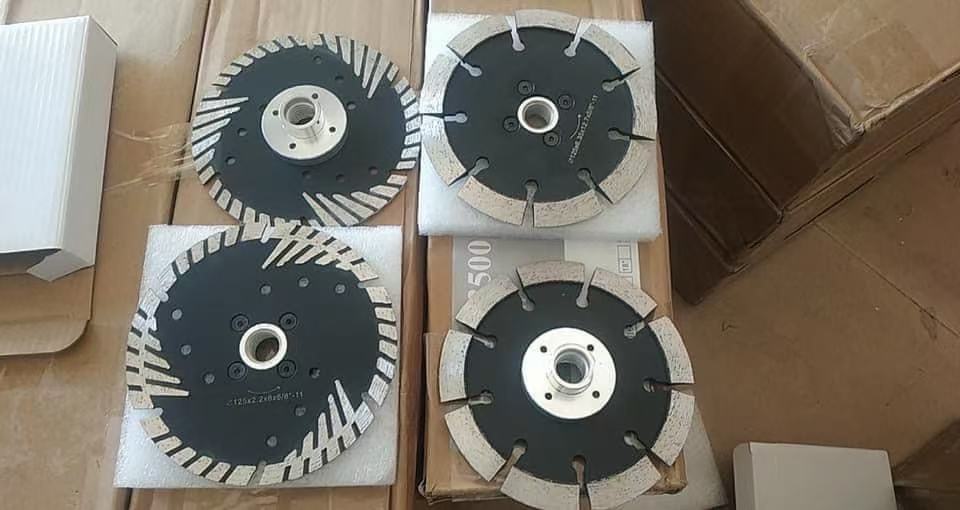
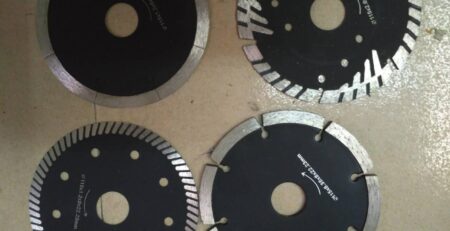
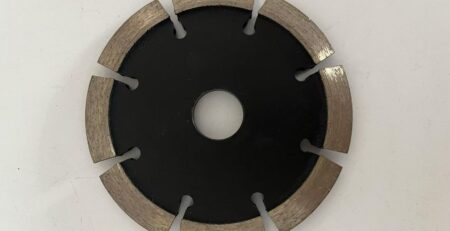
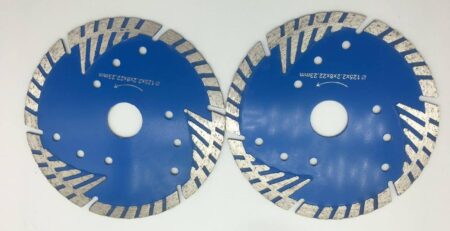
Leave a Reply